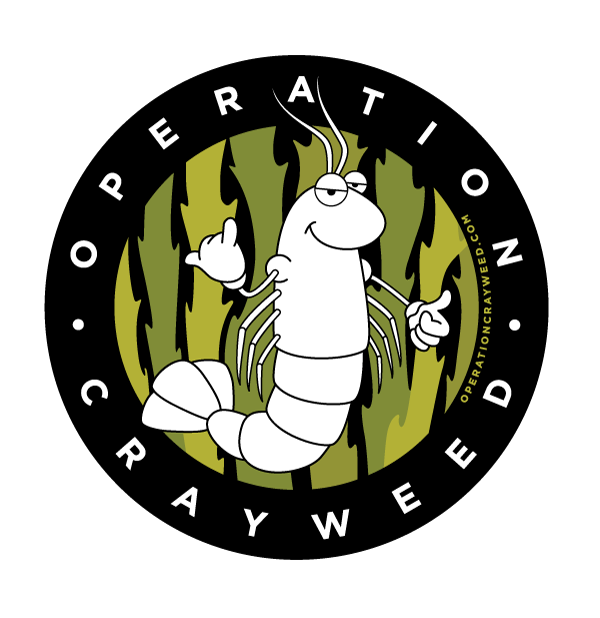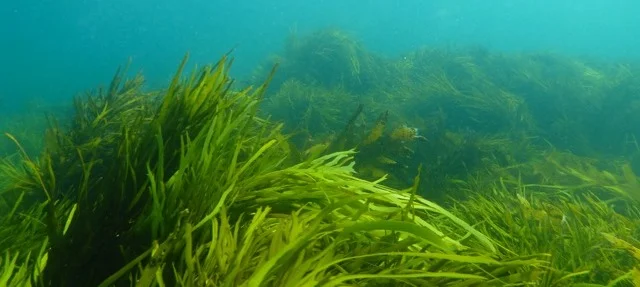Scientists at OPERATION CRAYWEED have already developed a successful method to create crayweed forests on reefs where they were once dominant, by transplanting healthy, fertile adults from existing populations and attaching them to deforested rocks using BIODEGRADABLE mesh drilled into the bottom. There, they survive, they thrive and they start having sex – a lot of sex.
Crayweed can either be male or female and their sexually produced babies attach permanently to the reef, forming the basis of a new, self-sustaining population, which expands from the initially restored patch. We now find adult crayweed (offspring from the original crayweed restoration experiment) hundreds of metres from the original patch
So by creating patches of transplanted crayweed onto a reef, we can, in the long term, restore forests of this essential species in an entire site.
The idea here, of course, is that by restorating crayweed we’re also restoring its associated community, and thereby increasing the chances of finding crayfish, abalone and a huge diversity of other fish and invertebrates at restored sites, which is good news for snorkelers, fishers, beach goers and seafood lovers.
We are very grateful to the NSW Environmental Trust and the Recreational Fishing Trust , who funded the research that led to the development of these restoration methods.



